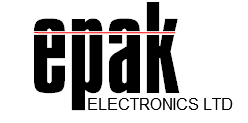Enhanced Stitch Bonding Capillaries - SPT (SI Series)
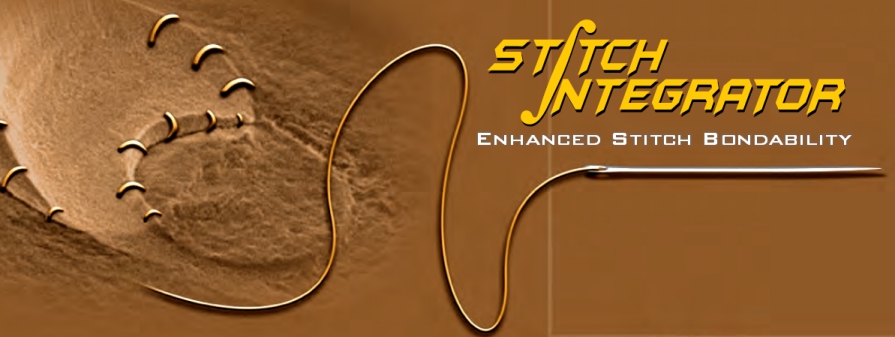 Small Precision Tools (SPT) Stitch Integrator capillary has been developed with the objective to improve the bondability of the stitch bond through better coupling effect between the bonding tool and the wire during bonding. Through extensive studies and optimizations, the Stitch Integrator capillary has been derived and has proven to enhance the stitch bondability as compared to non SI capillary design in many field applications.
Depending on the specific bonding application, the Stitch Integrator capillary can be used together with any existing design feature, such as the DFX (for small ball large wire bonding), Infinity (for extended tool life), etc. Indeed, the Stitch Integrator capillary has proven to be a new revolution for enhanced stitch bondability.
Small Precision Tools (SPT) Stitch Integrator capillary has been developed with the objective to improve the bondability of the stitch bond through better coupling effect between the bonding tool and the wire during bonding. Through extensive studies and optimizations, the Stitch Integrator capillary has been derived and has proven to enhance the stitch bondability as compared to non SI capillary design in many field applications.
Depending on the specific bonding application, the Stitch Integrator capillary can be used together with any existing design feature, such as the DFX (for small ball large wire bonding), Infinity (for extended tool life), etc. Indeed, the Stitch Integrator capillary has proven to be a new revolution for enhanced stitch bondability.
Features:
Improved stitch integrator with the substrate with better ultrasonic energy transfer. Enhanced coupling effect between the capillary and the wire with better stitch bondability. Applicable for 2N wire, insulated wire and poor bondability substrate/lead frame. Higher MTBA with few machine down time and higher production output. As we are aggressively pursuing new technologies to improve the performance of packages and product miniaturization, the current problems associated with wire bonding remains. Bonding issues due to NSOP, NSOL, pad peeling has constantly been a nightmare for wire bond engineers. These issues became more severe with the pressure to reduce the cost of products. Although it is commonly known that the stitch bond reliability can be improved by increasing the tip diameter and FA/OR optimization of the capillary profile, the limitation lies with fine-pitch and ultra-fine pitch bonding. The restriction with the bond pad pitch limits the flexibility of using a larger tip diameter. The use of a smaller FA helps to improve the stitch bondability but at the expense of lower stitch pull reading and possibly, shorter tool life. Working within these limitations, a new capillary design is today developed by SPT to improve the stitch bondability.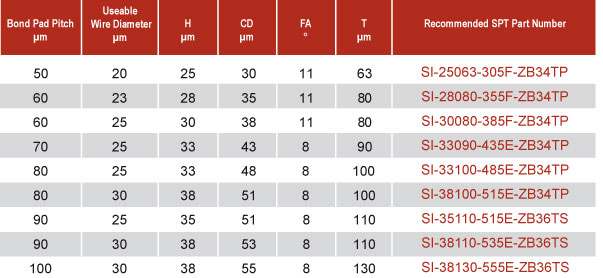
Wire Bonding Applications for the SI Capillaries:
2N9 Gold Wire Bonding: The use of 2N9 Alloyed Au wire is becoming popular for fine-pitch and ultra-fine pitch bonding. These wires......read more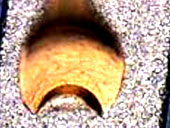 The use of 2N9 Alloyed Au wire is becoming popular for fine-pitch and ultra-fine pitch bonding. These wires consist of 99% Au purity with 1% Pd and are formulated with dopant to enhance the looping capability and ball bond reliability. However, these wires are generally harder and more prone to wire breakage and non-sticking problem during stitch bond formation resulting in higher yield loss during production, especially for leaded devices. The nature of the lead frame design with certain degree of bouncing effect during bonding further complicates the robustness of the bonding process.
The challenge is to be able to improve the stitch bondability for 2N Alloyed Au wire. The Stitch Integrator capillary helps to improve the bonding performance.
Challenging Substrate: The pressure to reduce the cost of products has indirectly instilled certain elements of inconsistency to......read more
The use of 2N9 Alloyed Au wire is becoming popular for fine-pitch and ultra-fine pitch bonding. These wires consist of 99% Au purity with 1% Pd and are formulated with dopant to enhance the looping capability and ball bond reliability. However, these wires are generally harder and more prone to wire breakage and non-sticking problem during stitch bond formation resulting in higher yield loss during production, especially for leaded devices. The nature of the lead frame design with certain degree of bouncing effect during bonding further complicates the robustness of the bonding process.
The challenge is to be able to improve the stitch bondability for 2N Alloyed Au wire. The Stitch Integrator capillary helps to improve the bonding performance.
Challenging Substrate: The pressure to reduce the cost of products has indirectly instilled certain elements of inconsistency to......read more
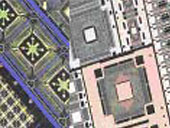 The pressure to reduce the cost of products has indirectly instilled certain elements of inconsistency to the lead frame and substrate materials, which directly affect the bond reliability of the stitch bonds. Inconsistent lead frame and substrate quality often results in NSOL, short tail or low stitch pull readings during wire bond. Most of the time, the problem is only known after die attach and during wire bond.
The challenge is to be able to improve the stitch bondability for these types of lead frames/substrates. The Stitch Integrator capillary helps to improve the bonding performance.
The pressure to reduce the cost of products has indirectly instilled certain elements of inconsistency to the lead frame and substrate materials, which directly affect the bond reliability of the stitch bonds. Inconsistent lead frame and substrate quality often results in NSOL, short tail or low stitch pull readings during wire bond. Most of the time, the problem is only known after die attach and during wire bond.
The challenge is to be able to improve the stitch bondability for these types of lead frames/substrates. The Stitch Integrator capillary helps to improve the bonding performance.
Capillary Part Number Selection Guide
The capillary design selection guide is always based on specific device & package configuration, wire type, and wire bonder. The selection of capillary part number process is simplified as follows: Capillary Tip The selection of capillary tip design is determined by the device and metallization, bond pad pitch, bond pad opening, wire size, target mashed ball diameter, and critical loop height to derive the hole diameter(HD), chamfer diameter (CD), chamfer angle (CA), tip diameter (T) and face angle (FA). Shank Style The shank style selection is characterized by geometrical design of the capillary bonding tool as dictated by specific device and / or package configuration. Surface Finish The selection of a particular capillary tip surface finish hinges on whether the application is for gold or copper wire bonding. Material Capillary material selection for optimum tool life performance for a given bonding application. Wire Type The proper selection of capillary design is a resultant of the various wire bonding considerations.Infinity 3X Longer Tool Life
SPT 'Infinity' capillary material extends the tool life up to 3X its original tool life. This option is available on many tools and is a proprietary process SPT use to increase tool life.ORDERING INFORMATION (PLEASE ADVISE REQUIREMENTS & QUANTIY FOR QUOTE OR ASSITANCE) Part Number - SI Stitch Integrator Bonding Capillaries

